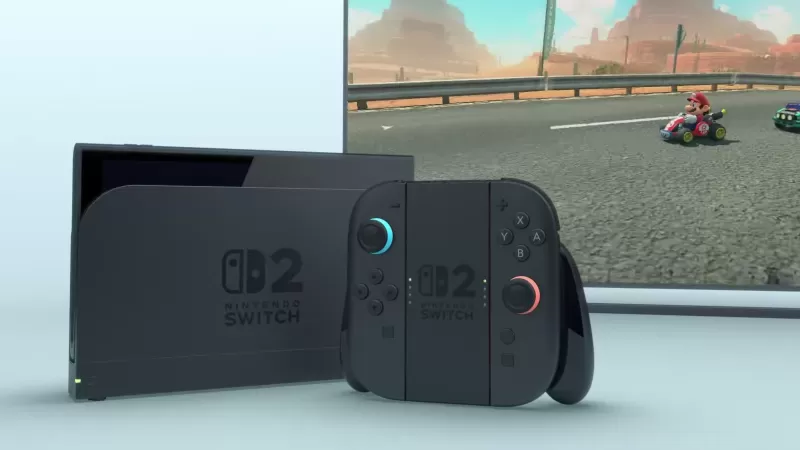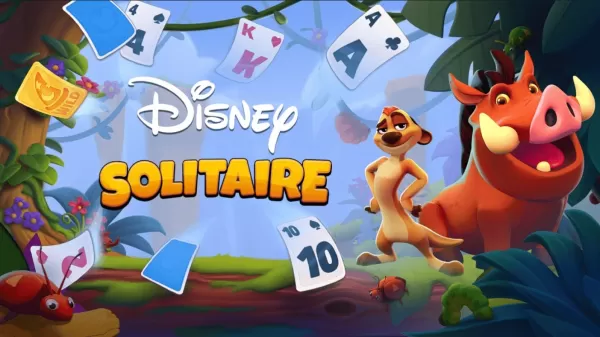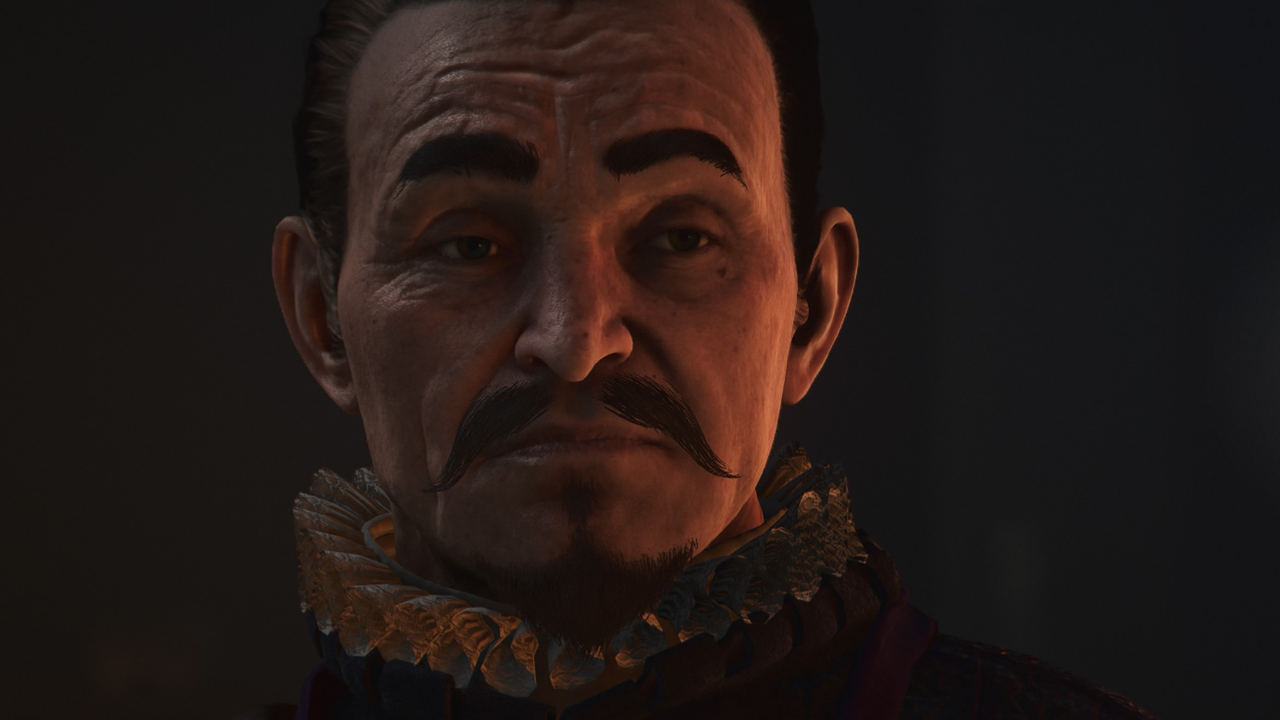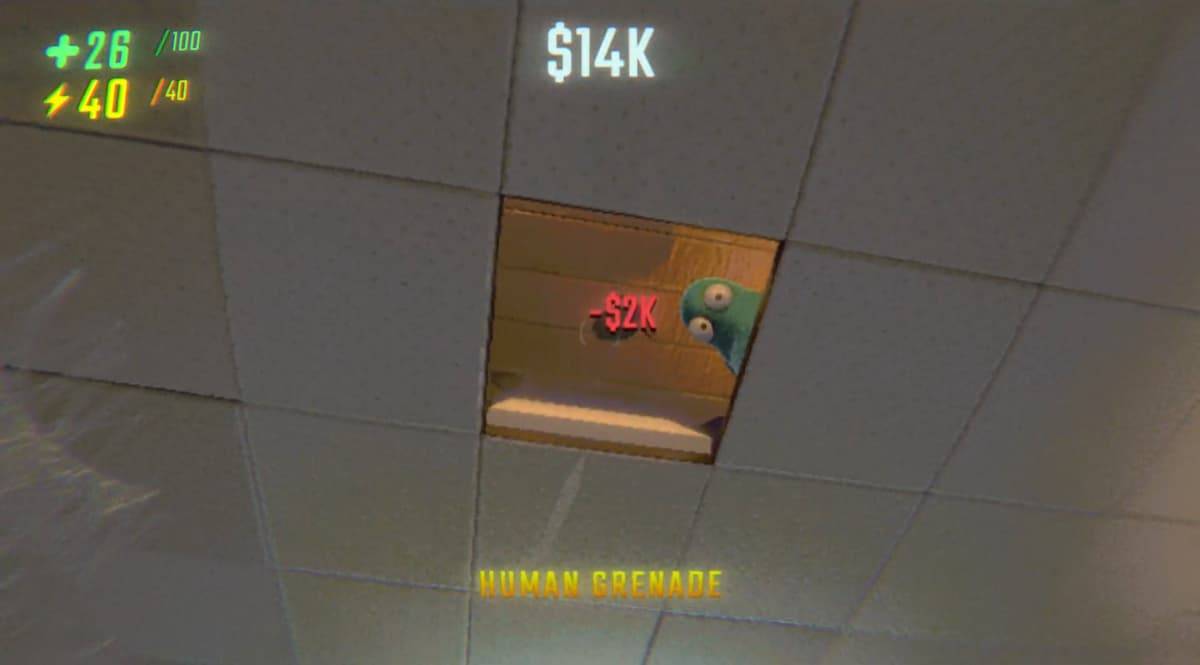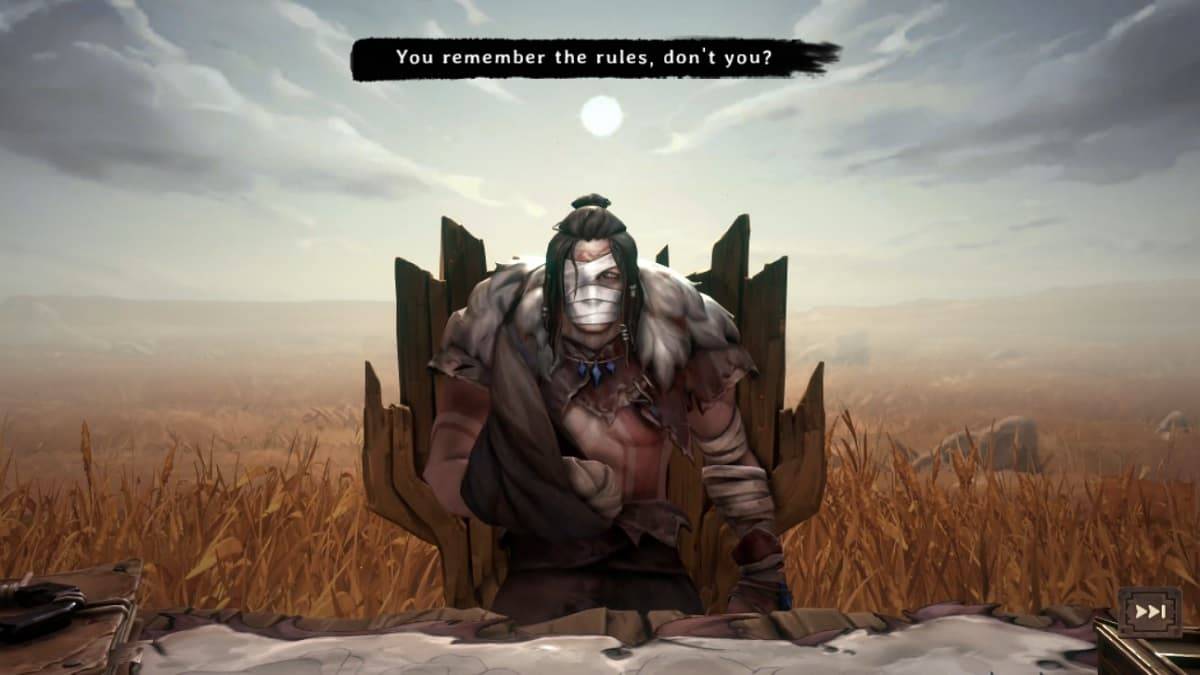Indiana Jones and the Great Circle is shaping up to be a unique entry in the action-adventure genre, with a strong emphasis on melee combat rather than traditional gunfights. According to the development team at MachineGames and Bethesda, this game was never meant to be a shooter—and it was crucial to stay true to Indiana Jones’ character throughout the design process.
Melee Combat Takes Center Stage
In an exclusive interview with PC Gamer, design director Jens Andersson and creative director Axel Torvenius revealed that *Indiana Jones and the Great Circle* will focus heavily on hand-to-hand combat and improvised brawls. This decision stems from the belief that Indiana Jones is not a gunslinger—he doesn’t charge into every situation firing bullets. Instead, he relies on his wits, agility, and whatever tools are available around him.
“Indiana Jones, he's not a gunslinger, right? He doesn't go guns blazing into situations,” Andersson explained. “So it could never be a shooter, should never be a shooter. But hand-to-hand combat, that makes total sense.” Drawing inspiration from their previous work on *Chronicles of Riddick: Escape From Butcher Bay*, the team refined the mechanics to better reflect Indy’s personality and improvisational style.
Players can expect a variety of everyday objects—such as pots, pans, and even musical instruments like banjos—to become viable weapons during chaotic brawls. As Andersson put it, “He's an unlikely hero, lucky—how can we replicate that into gameplay, make the player feel that humor, how do we get that across?”
Stealth and Exploration Play Major Roles
Beyond melee combat, stealth will also play a vital role in how players approach challenges. The game blends structured level design with open-world exploration, drawing inspiration from the *Wolfenstein* series. Players will encounter both linear sequences and expansive areas designed for immersive sim-style gameplay.
Andersson described some of these larger spaces as “almost bordering immersive sim-style,” where players have significant freedom in how they tackle objectives. For example, infiltrating an enemy camp might involve direct confrontation, clever stealth tactics, or a mix of both. “There are also more open areas, almost bordering immersive sim-style, like there's an enemy camp, here you're supposed to get into the main building, figure it out, and you can explore,” he added.
Social Stealth Adds New Depth
A standout feature in *Indiana Jones and the Great Circle* is its “social stealth” mechanic. This system allows players to blend in by finding and wearing disguises in specific locations, granting access to restricted zones without raising suspicion. “Every big location has a number of disguises for you to discover,” Andersson said. “That helps you pass as someone that belongs there, gives you access to areas you otherwise would have a really hard time getting through.”
Gunplay Remains a Secondary Element
Game director Jerk Gustafsson confirmed in a prior interview with Inverse that the team made a deliberate choice to keep gunplay in the background. “The starting point for us was to try to ignore the shooting part,” Gustafsson said. “We know that we can do it well, so it's never something that would ever concern us. We know that we can get that right.”
Instead, the developers focused on creating a balanced experience by mapping out different gameplay elements early on. “We started our focus on those things that we knew were going to be challenging, especially in first-person,” Gustafsson added, highlighting the importance of traversal, puzzle-solving, and dynamic combat systems.
Puzzles Designed for All Skill Levels
Puzzle-solving is another core pillar of the game. Fans of brain-teasing challenges will find plenty to sink their teeth into, as the game includes puzzles ranging from moderate to extremely difficult. Some of the hardest puzzles will be optional, ensuring accessibility while still offering a challenge for dedicated players.
“Those [players] that are looking for puzzles that can be hard to solve, they will find them,” Gustafsson noted, emphasizing that puzzle design plays a major role in capturing the spirit of Indiana Jones' intellectual and adventurous nature.






